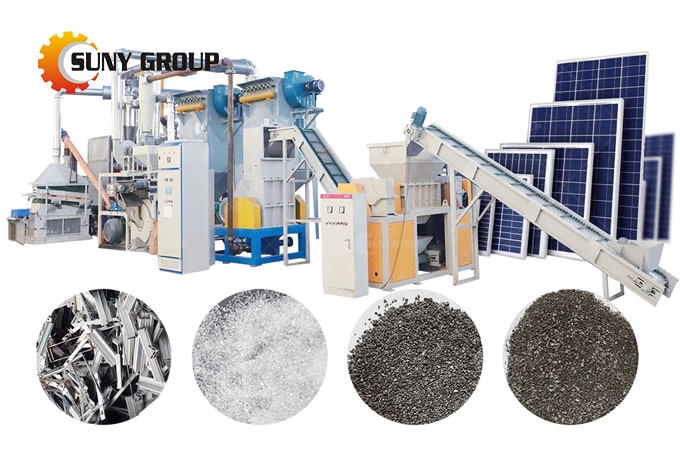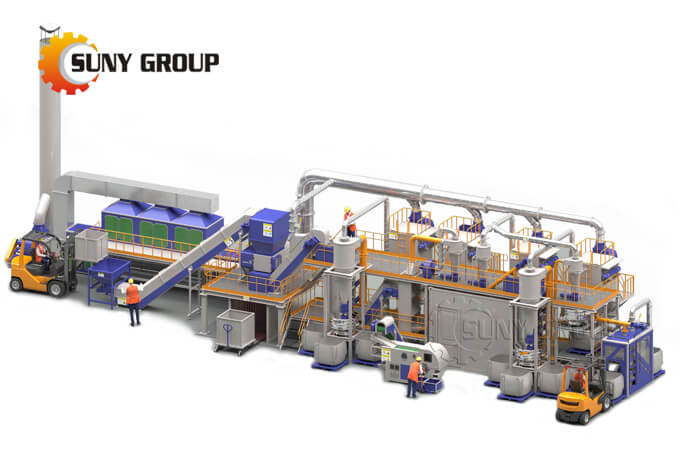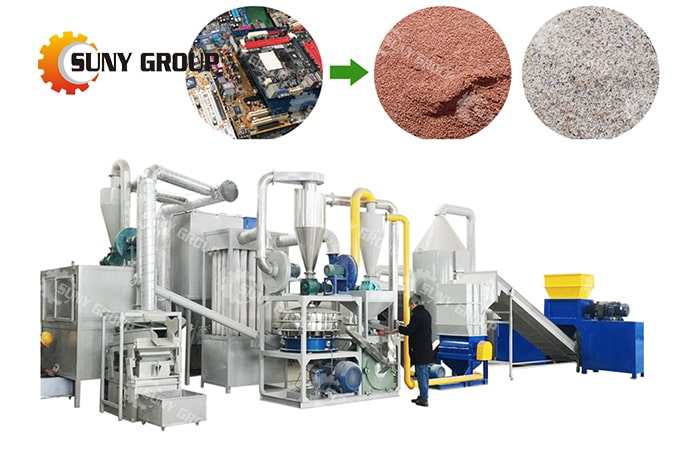Lithium batteries are mainly composed of casing, positive electrode, negative electrode, electrolyte and separator. The positive electrode is composed of lithium cobalt oxide powder coated on both sides of the aluminum foil current collector through PVDF that plays a bonding role; the negative electrode structure is similar to the positive electrode, consisting of The carbon powder is bonded to both sides of the copper foil current collector.
Lithium-ion batteries have significant advantages such as high voltage, large specific capacity, long life and no memory effect. Since their commercialization, they have rapidly occupied the power source market for portable electronic and electrical equipment, and their output has increased year by year. The service life is about 2 years. If the scrapped lithium battery is improperly handled, the lithium hexafluorophosphate, carbonate organic matter, cobalt, copper and other heavy metals contained in it will inevitably pose a potential pollution threat to the environment. On the other hand, cobalt, lithium, copper and plastic in waste lithium batteries are valuable resources and have extremely high recycling value. Therefore, scientific and effective treatment of waste lithium batteries not only has significant environmental benefits, but also has good economic benefits.

Suny Group : http://www.sunyrecycle.com/,All rights reserved。
Share This News, Choose Your Platform!
Welcome to visit Suny Group website. If you are interested in our equipment, please feel free to contact us!










